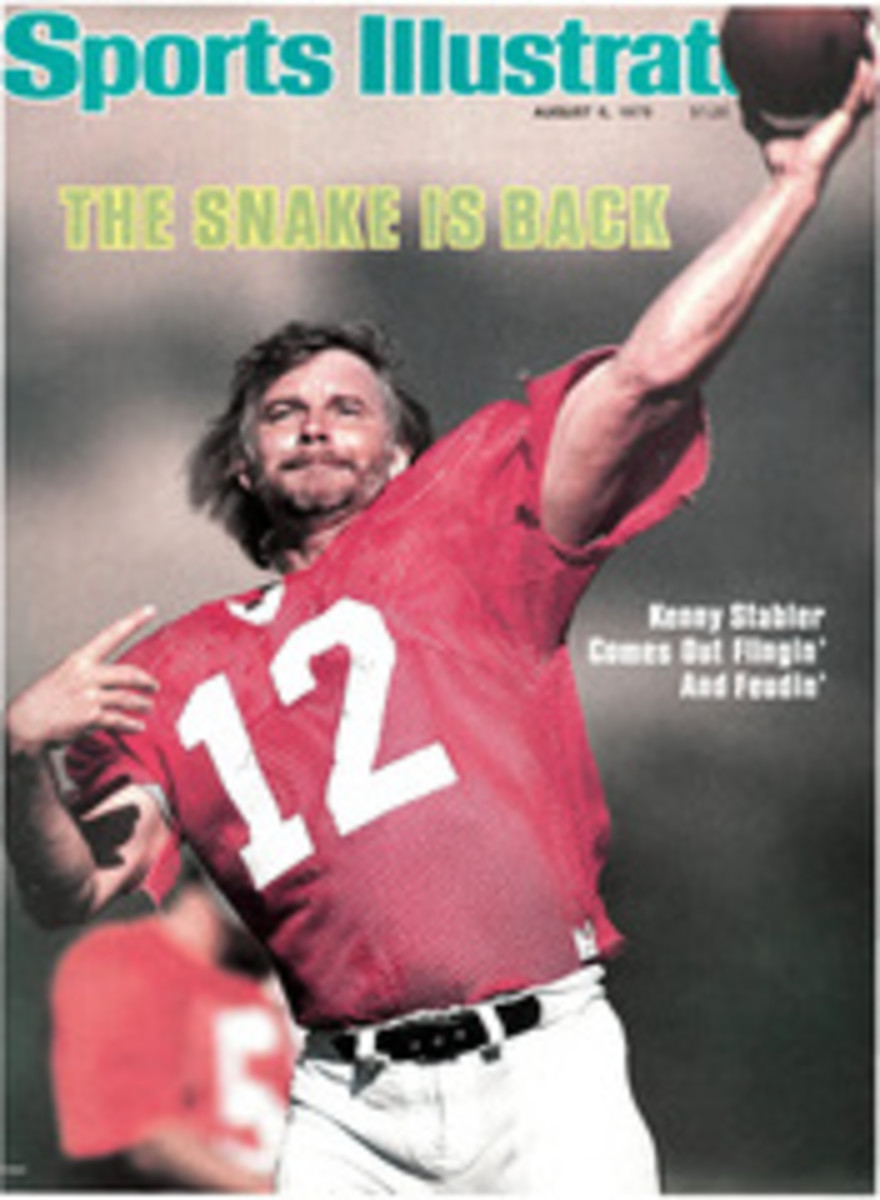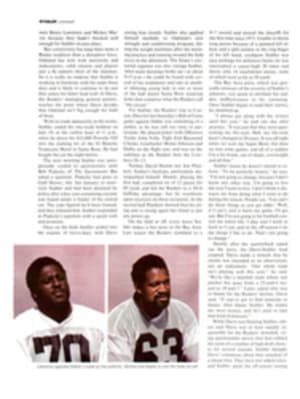
FROM HERBERT WARREN WIND COMES A STUDY IN THE ART OF COURTLY TENNIS
Herbert Warren Wind, who writes regularly about tennis and golf for The New Yorker, is an old-fashioned man. He has a sense of history, something of a rarity these days, and he believes in sportsmanship—also, alas, something of a rarity. Wind is a graceful, discursive stylist who eschews vogue idiom and who unfailingly brings to his work a sophisticated knowledge of the games he covers. There are few American sportswriters who command such high respect among their peers.
Because he publishes in a magazine that grants its contributors unusual, indeed eccentric, latitude, Wind has been free over the years to flavor his reportage with his opinions, which are manifold and tart. Here he is, for example, on fair play: "...I have an idea that the highest code of sportsmanship in tennis is the one that the great Australian players of the Sedgman-Laver-Rosewall-Newcombe era followed in their matches. They played every call, whether or not they agreed with it, hoping that matters would even out in the long run, never making an issue of it if they didn't. There is a certain fragility implicit in the structure of tournament tennis—and of other sports as well—and the Australians apparently sensed this danger and preferred to concentrate purely and simply on playing tennis."
That passage, which perfectly illustrates both Wind's style and his point of view—one plays by the rules, gentlemen—is from one of the 20 pieces collected in Game, Set, and Match (Dutton, $12.95). Subtitled "The Tennis Boom of the 1960s and '70s," the book provides a remarkably thorough examination of recent tennis history, from Rod Laver's grand slam in 1962 through the opening of Flushing Meadow Park for last year's U.S. Open.
The dramas and controversies of world-class tennis are at the heart of these pieces, but there is much more to them than that. For one thing, Wind's interest in the "sense of continuity" in tennis leads him into a number of explorations of the game's distant past, including a trip to England and Wales to track down the residences of the man who invented lawn tennis, Major Walter Clopton Wingfield. Wind is no less interested in the weekend tennis player, and in a 1977 article called "The Incredible Tennis Explosion" he summons up a lavish collection of statistics—and embellishes them with on-the-scene reports—that disclose the dimensions of a boom that has "far surpassed anyone's anticipations, to put it mildly."
Still, it is Wind's accounts of the game's great players, matches and institutions that make these pieces so interesting, for he is an uncannily observant reporter who brings off that rare journalistic feat: to his loyal readers, his stories about events are as fascinating and noteworthy as the events themselves. He seems to see and record everything, without indulging in fussiness of detail, and no one is better at re-creating the atmosphere of an event. Here is his description of the crowd at Wimbledon in 1968:
"It is not a true cross-section of English society, few workingmen being on hand, but it is quite an assortment nonetheless: regional tennis officials in their blazers and association ties, schoolgirls and schoolboys in their uniforms, middle-class matrons in their best millinery, shopgirls and clerks who have saved up for the occasion, a sprinkling of long-legged 'birds' in microskirts, lots of county types, and, in large numbers, the silvered and the grizzled—folks who haven't missed a Wimbledon since the Relief of Mafeking."
Wind is also extremely good at quick, penetrating portraits of celebrated players. Recalling Pancho Gonzales during his years as kingpin of the vagabond professional tour, Wind writes: "Saturnine and disputatious, an unrepentant loner, this tall, graceful man who moved like a panther seemed forever to have a chip on his shoulder. When the galleries rooted for his opponents (galleries invariably attach themselves to the underdog), Gonzales seemed almost to welcome it, as if to say, 'Who needs you?' During his reign, he didn't change an iota." On Arthur Ashe: "...Ashe is not only a marvelous tennis player but a man of unusual intelligence, articulateness, and width of vista. He knows his own mind clearly, and it is his credo that he has the right to lead his own life and establish his own priorities."
It is interesting, and instructive, that the two players Wind seems most to admire are Ken Rosewall and the late Hazel Hotchkiss Wightman. What he has written of Mrs. Wightman describes his feelings about both of those players and all others whom he holds in high regard: "As much as any tennis player I know of, she epitomized the ethic that an athlete can be fiercely competitive and at the same time, through instinct and character, perform with authentic sportsmanship."
Those are, of course, old-fashioned virtues that stand in unflattering contrast to the behavior of so many of the stars who now dominate the game. Readers who are amused by the tantrums of Jimmy Connors and Ilie Nastase will find little sympathy in these pages. Those readers may think Wind's traditionalism fussy and dated; because I share his point of view, I find it—like his book—wholly admirable.

